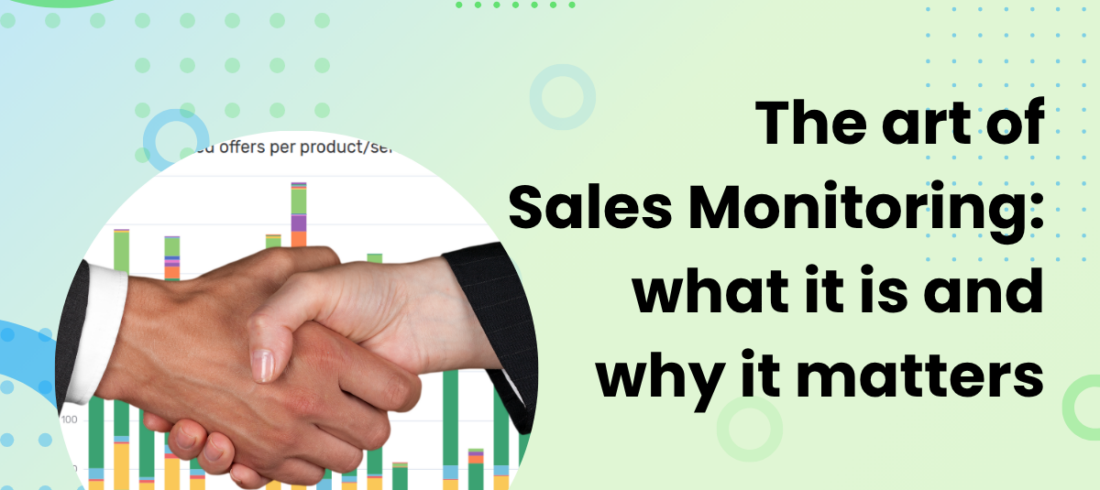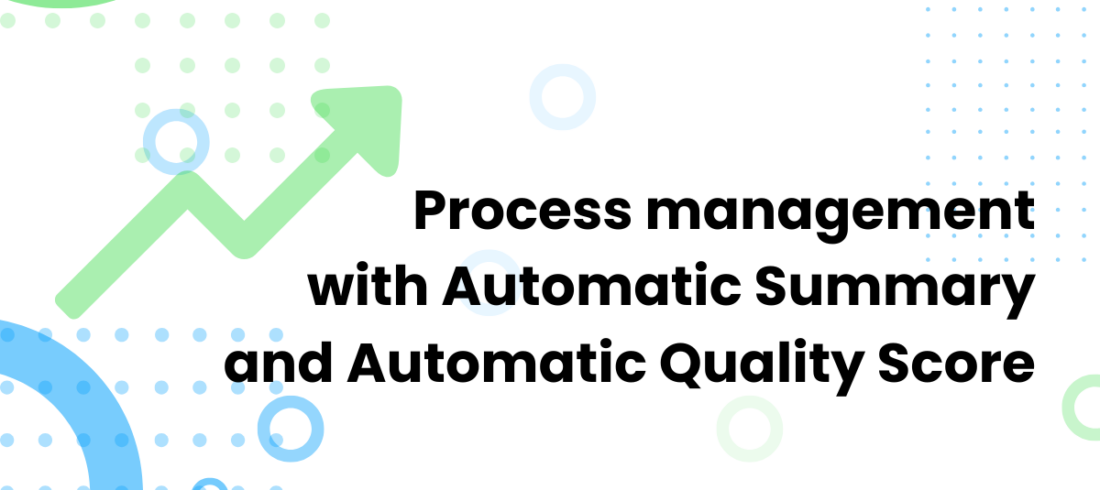I had a problem with my new internet and mobile service provider. I got the first bill and couldn’t believe the amount it stated. Additionally, I noticed that the package I had bought didn’t fit my needs. For example, I didn’t need the reminder about used limits, or an automatic service at all. I was worried and decided to contact the service provider.
Now the pain started. First, I couldn’t find an email address to contact, but fortunately found a web form for inquiries from their website. I had to insert my name and email – fine. But then I also had to select a topic. There was a topic about billing, another one about internet services. I couldn’t select both of them. Also, I was hesitating and thinking maybe I should choose ‘mobile services’ instead. I finally saw another topic called ‘Other’. I felt relieved and selected this one. Done!
Predefined topics don’t reflect customer issues
What happens now inside the company after this kind of request? These predefined topics work as routers, routing customer requests to the right people. To people, who are the most skilled or responsible for the relevant topics. The idea is understandable but what happens with ‘other’ requests? Where are these sent to?
My experiences from working and consulting various companies go all towards the same direction: predefined categories do not usually work. Think about Pareto formula 80:20 – most of the requests are about 2-3 main categories and the rest are less used.
Feelingstream’s analysis shows that similar requests usually exist in several topics. Customers interacting with banks, request account-related issues in various topics and telecom customers use internet coverage topics in various places. Even if you think about my personal issue with the bill. I could have placed this request in more than 1 predefined topic.
What we have also seen in analysis, is that predefined topics do not reflect what customers are actually talking about. As they are predefined, they reflect what their creators think they should be. If we analyse and see what customers are actually writing about, we see that these are more customer-centric and precise.
Let’s bring customers more value
It is about time to make contacting your brand easier for your customers. Customers want a solution, they contact you to find this solution, not to start thinking about what kind of label their problem should have. They need a simple way to message you (think about what all you can find with one field through Google). It’s just so convenient.
What happens inside the company – all the activities should be towards creating value for the customer. Innovative technology can help analyse incoming customer messages and define their topics with no time, no manual work and no subjectivity. Automatically defined topics enable the company to route messages right. Highly skilled employees receive the requests for sales and all support requests can be routed to assistants. But what’s more important – customers get the right answers quicker. Feelingstream’s solution offers automated topic creation with the help of AI.
Less time=more value.
Make sure to also read our Ultimate Guide to Efficiency with AI for more information about increasing your efficiency.




